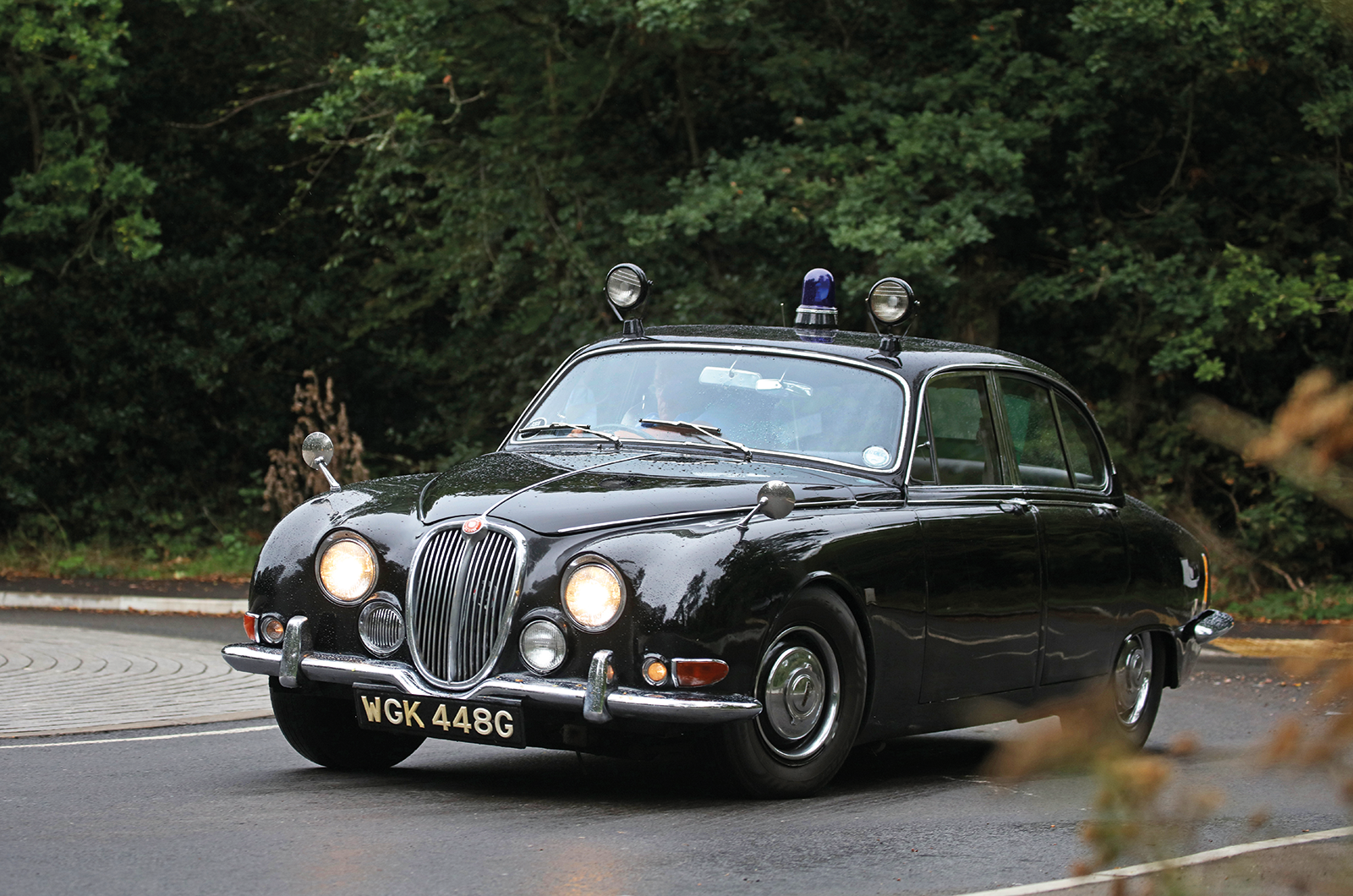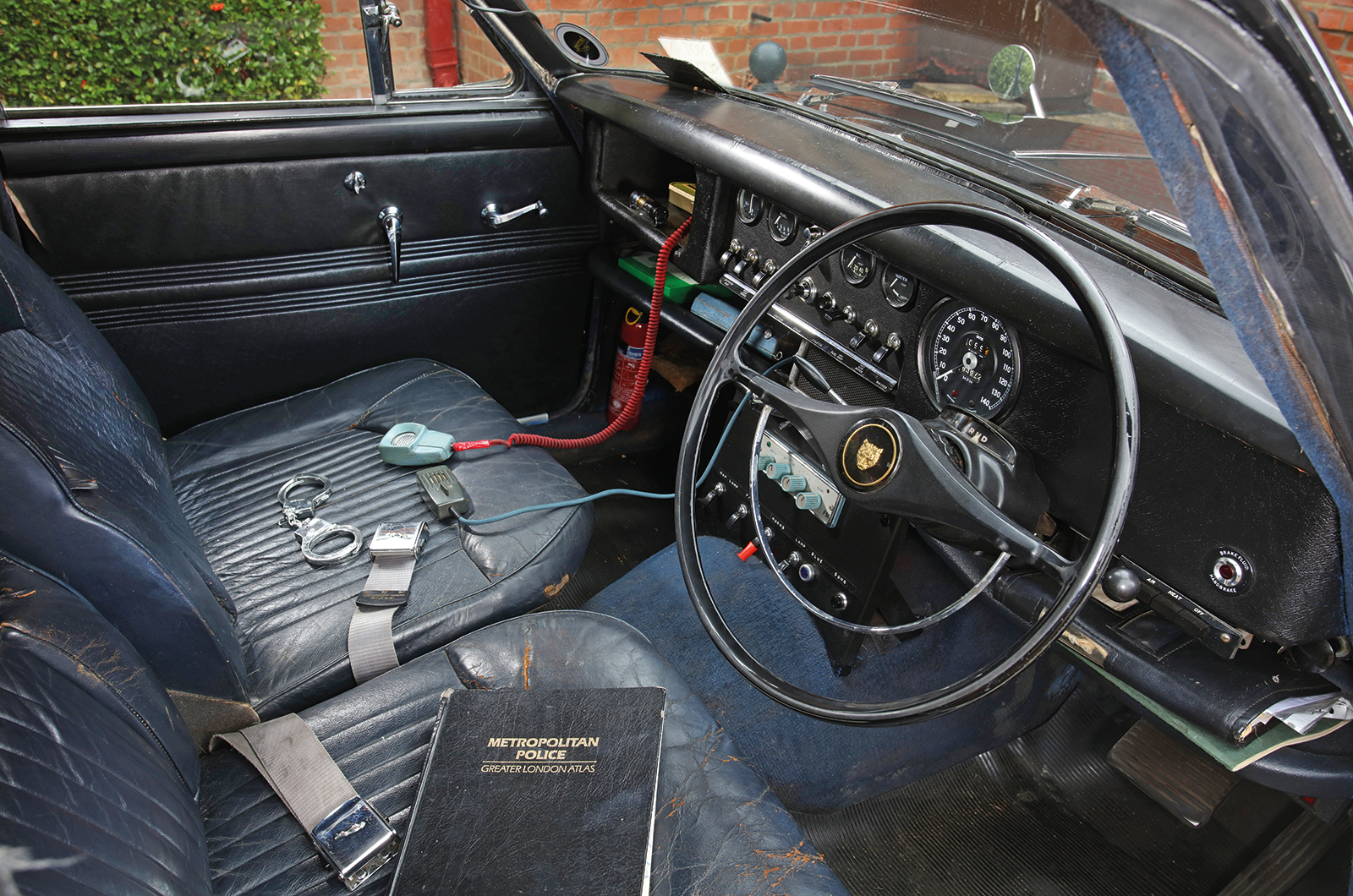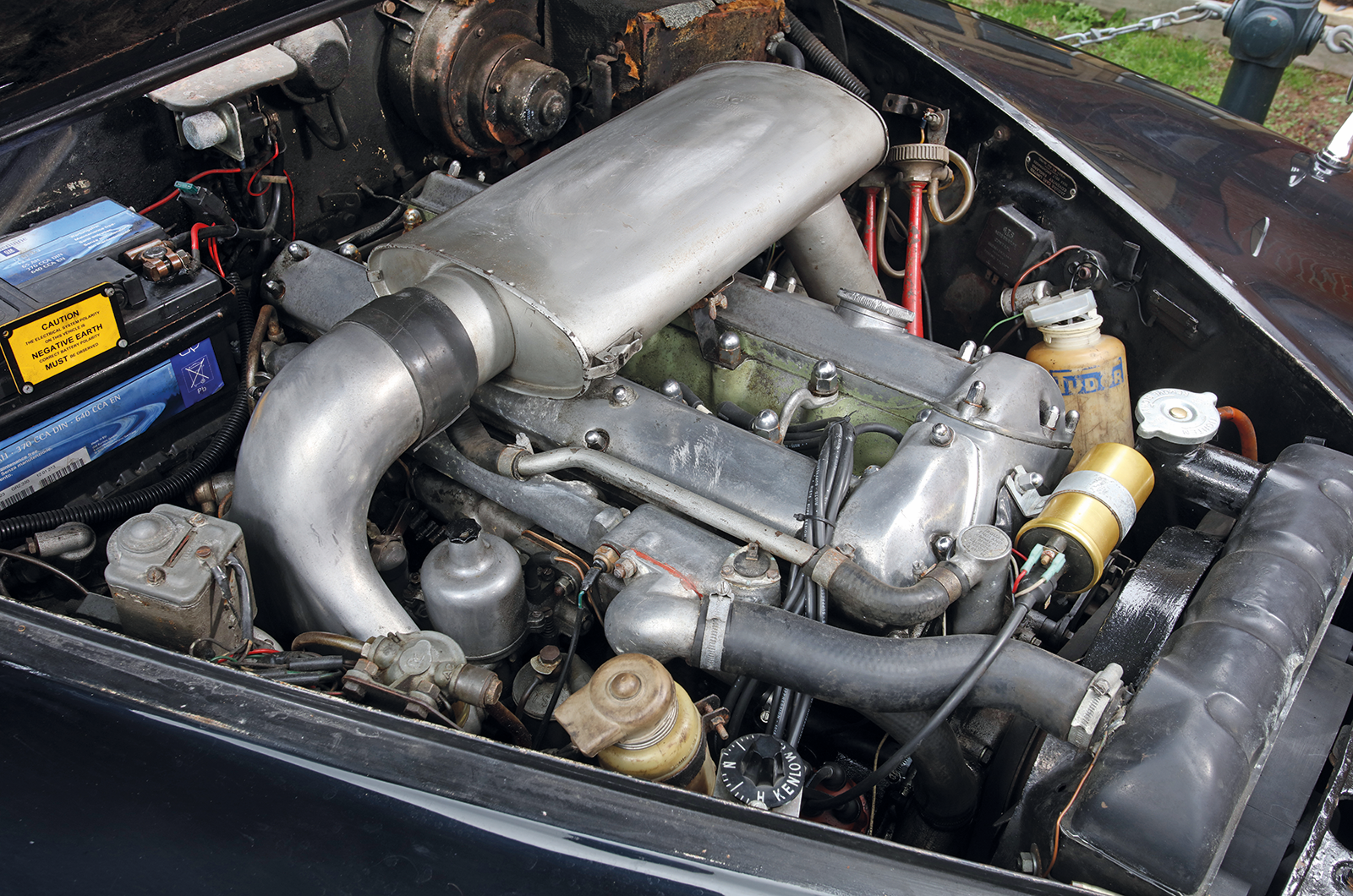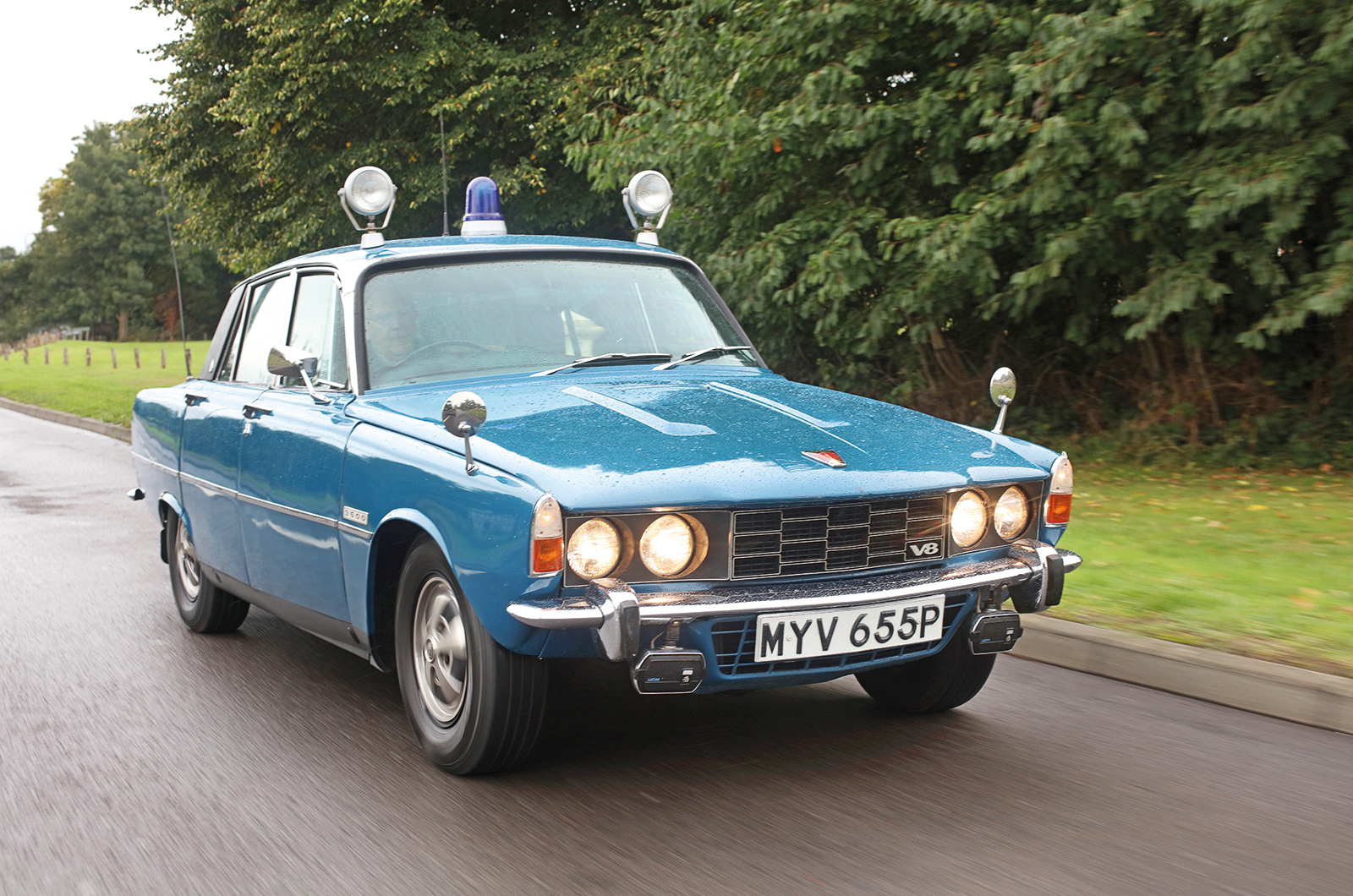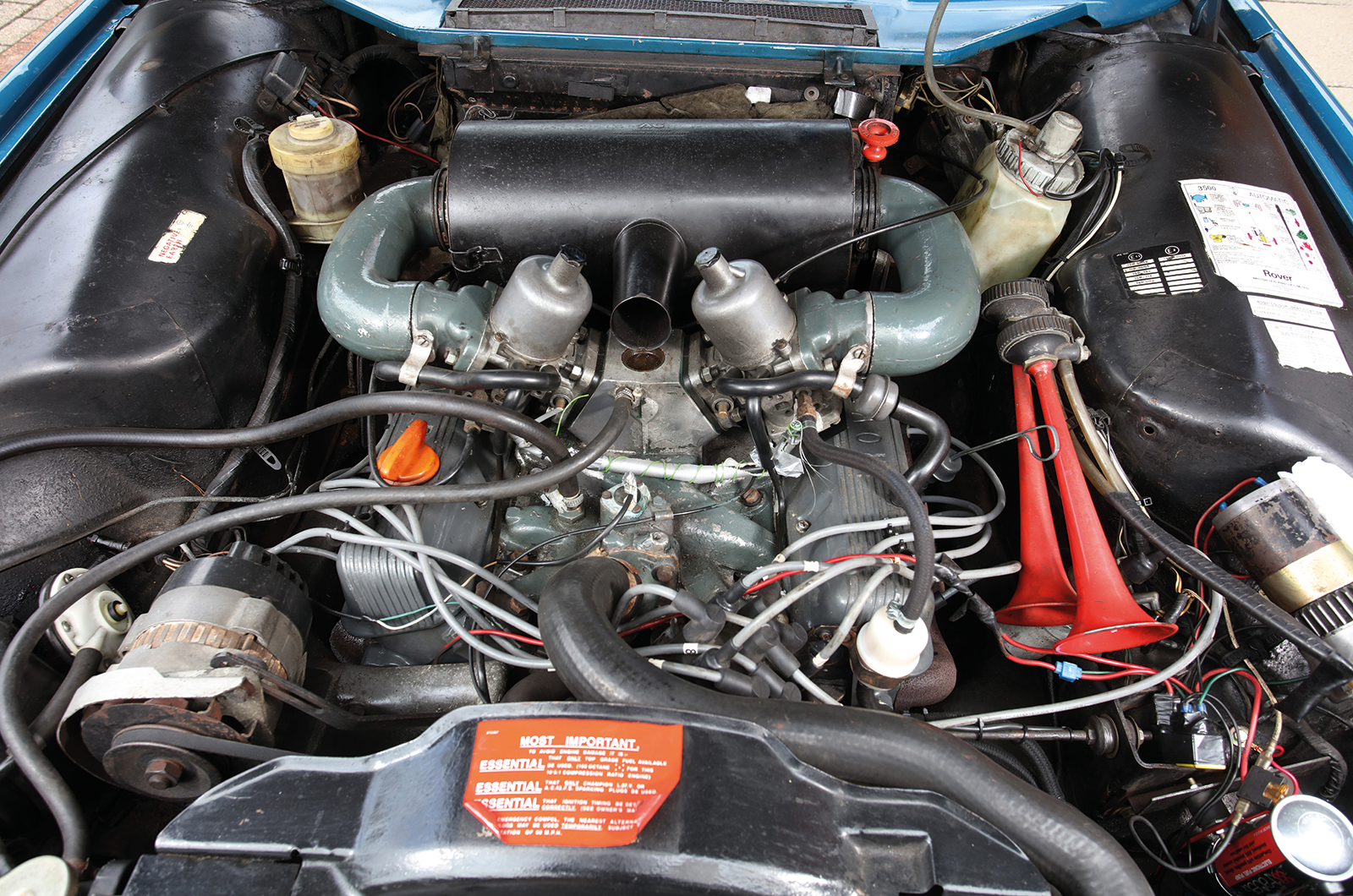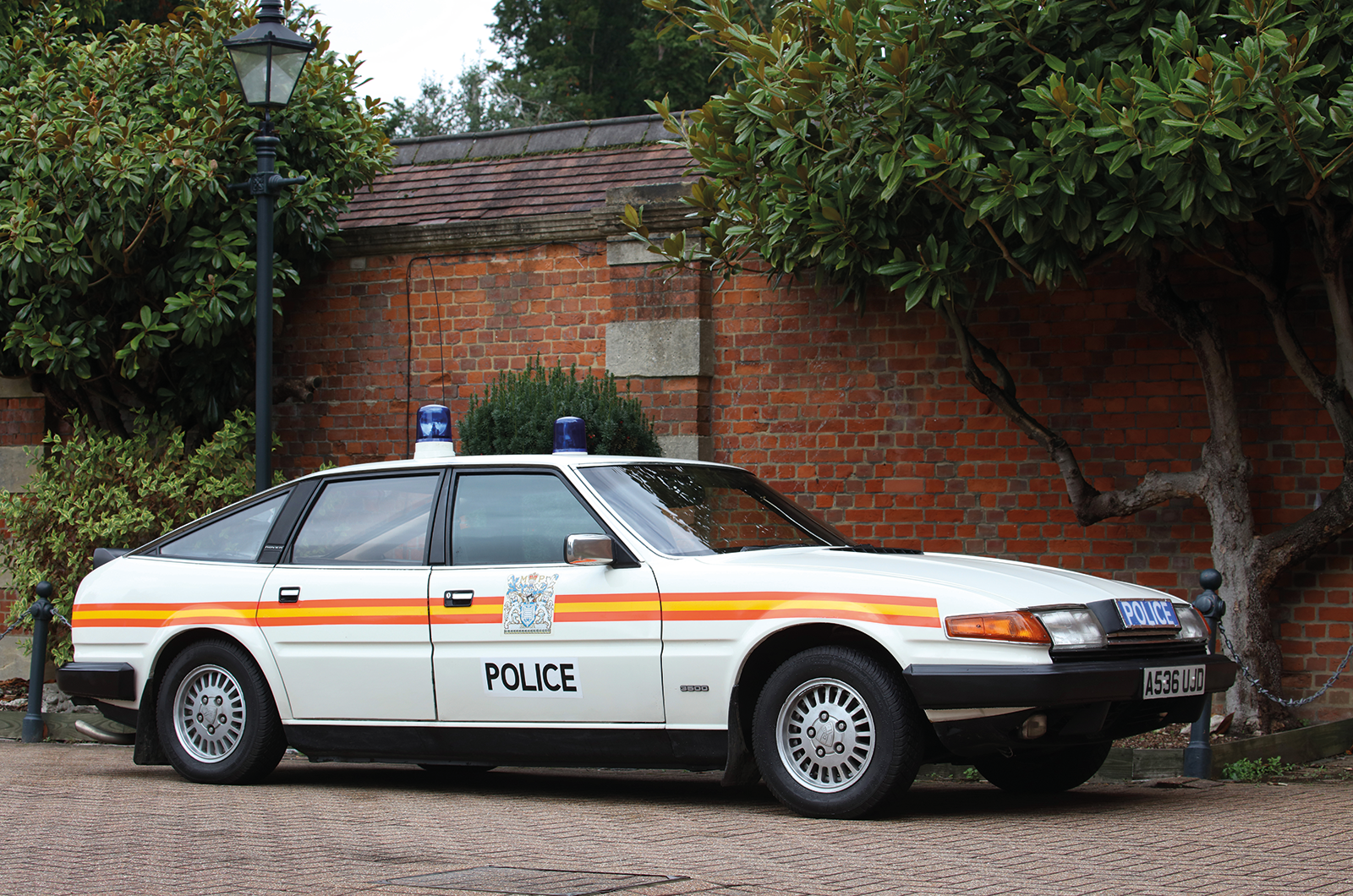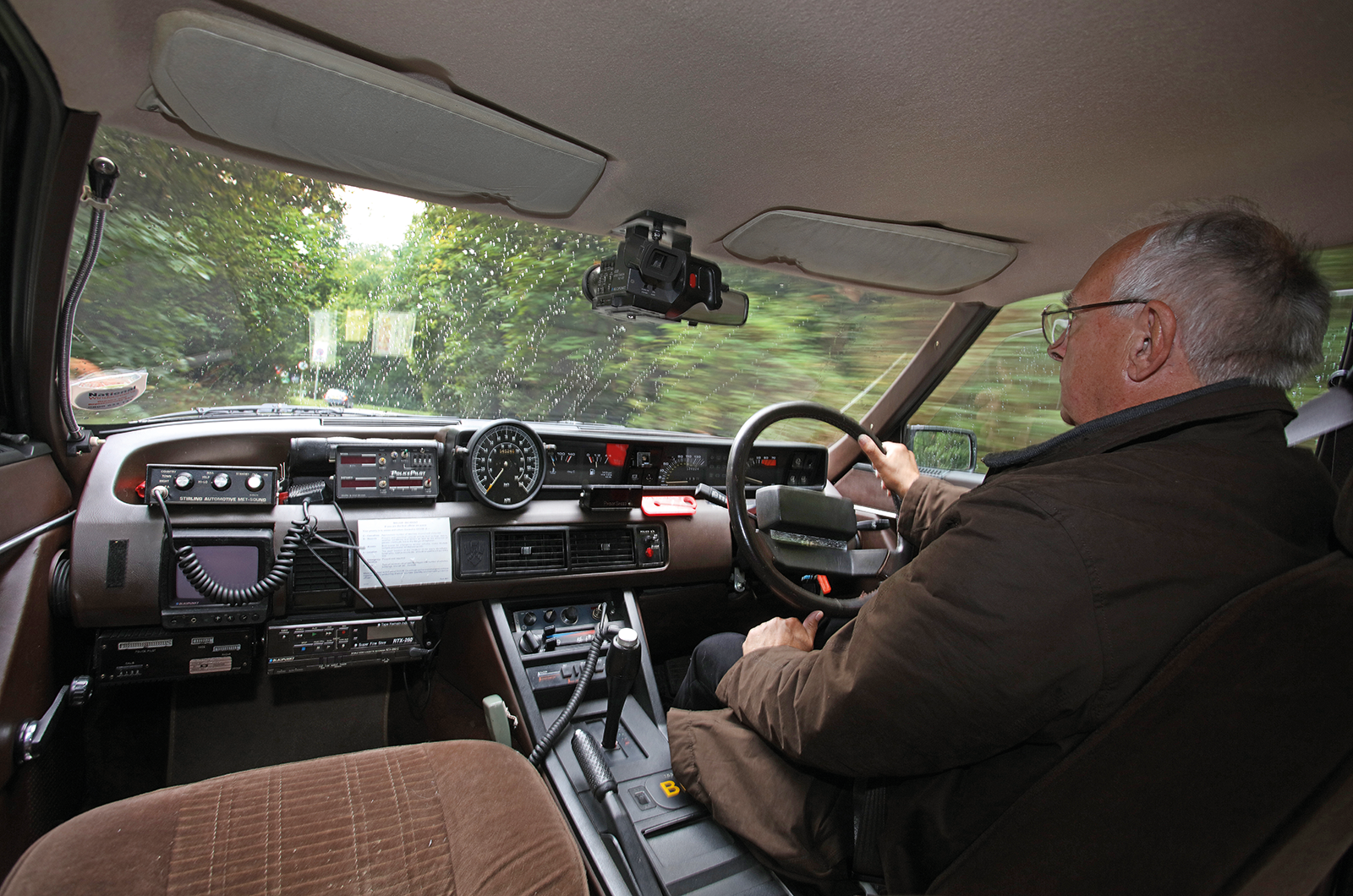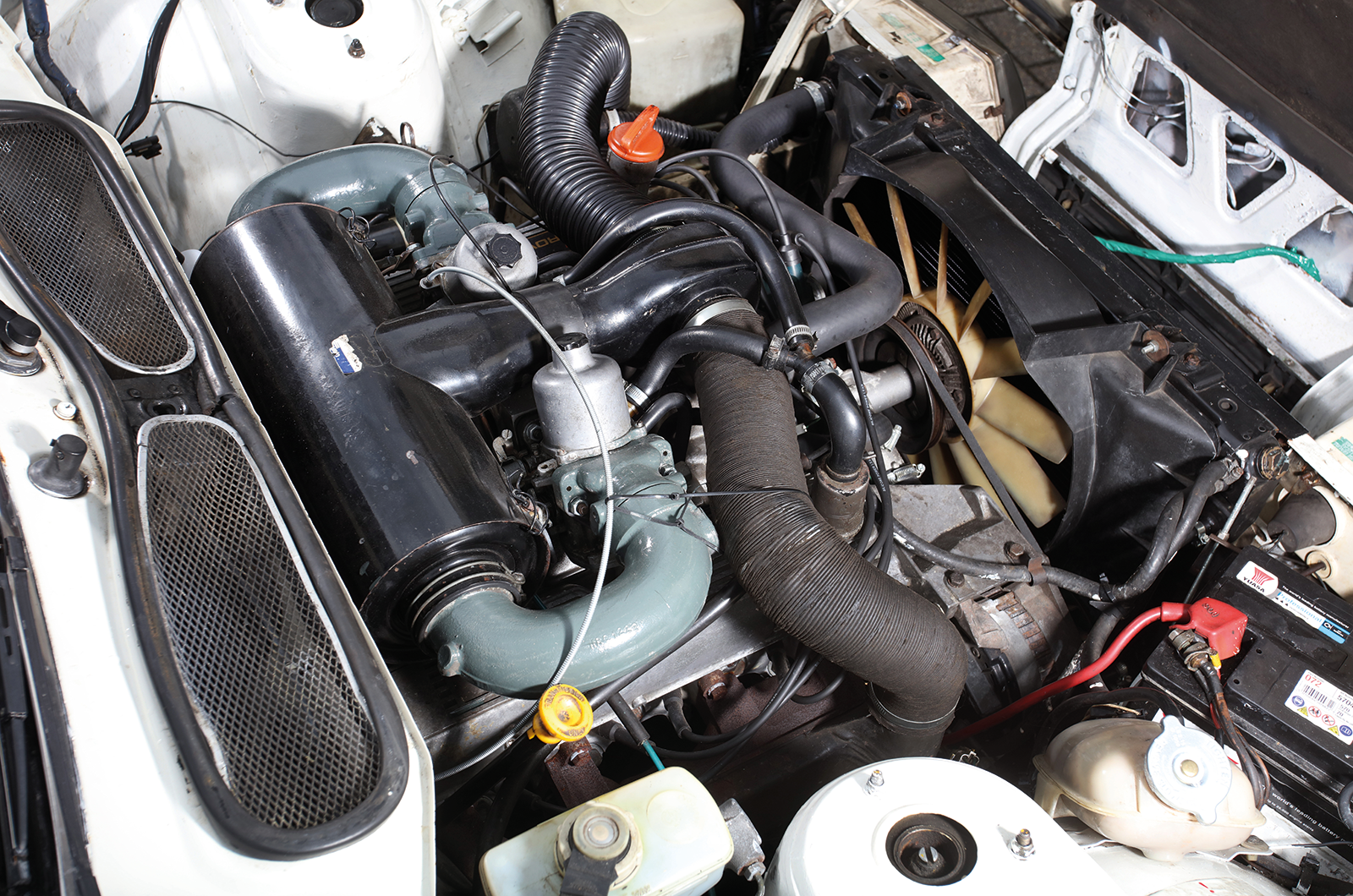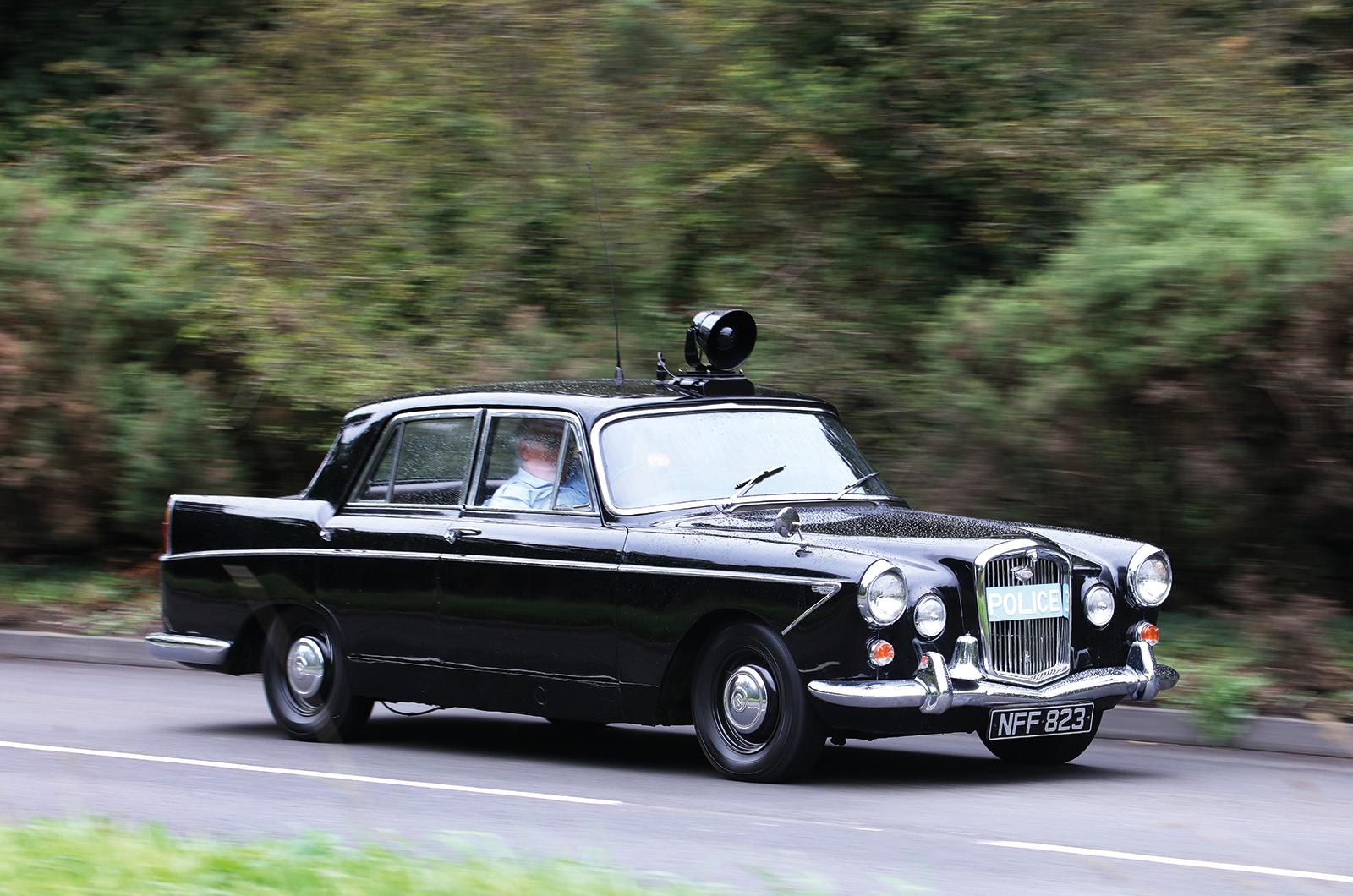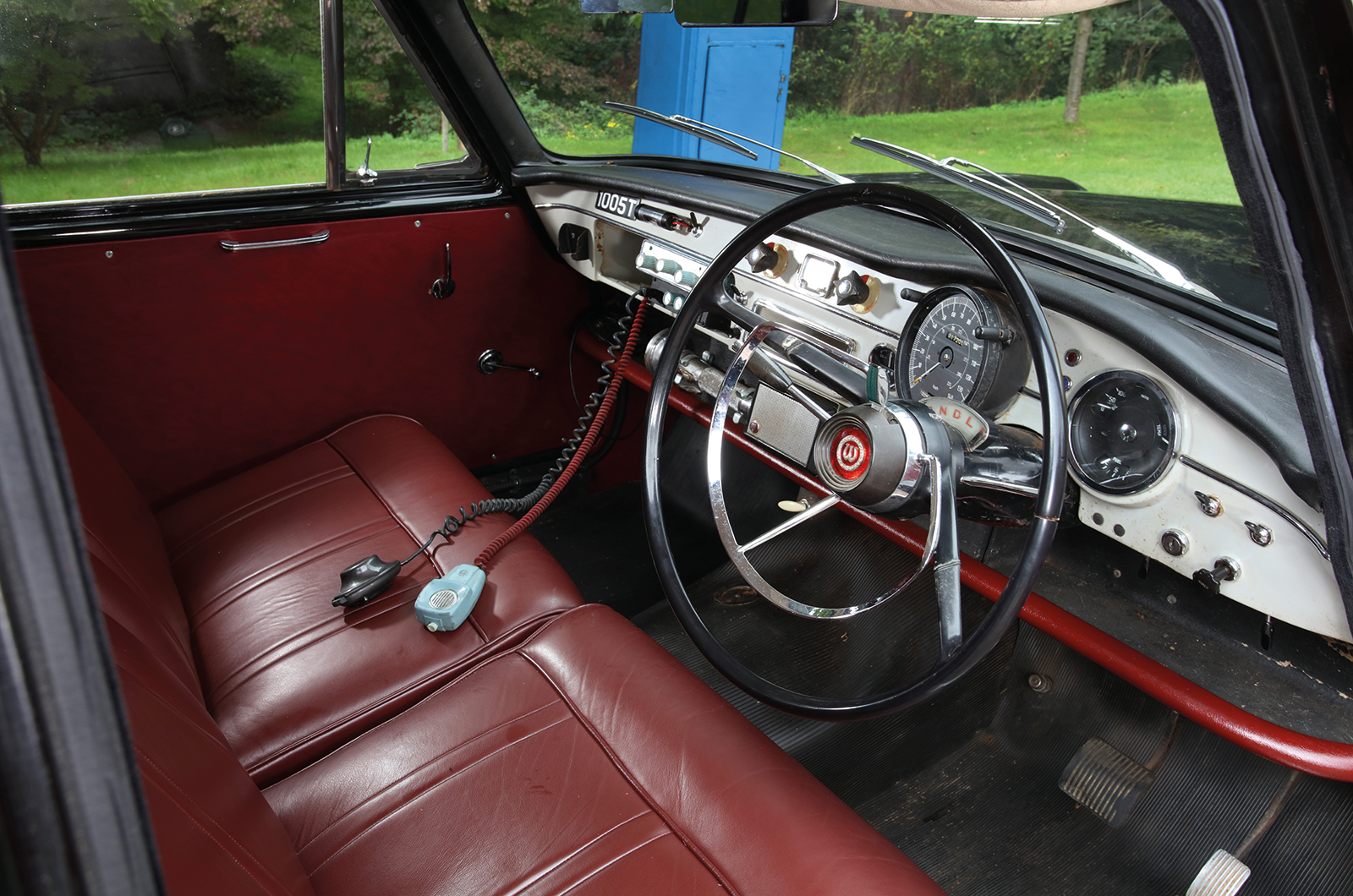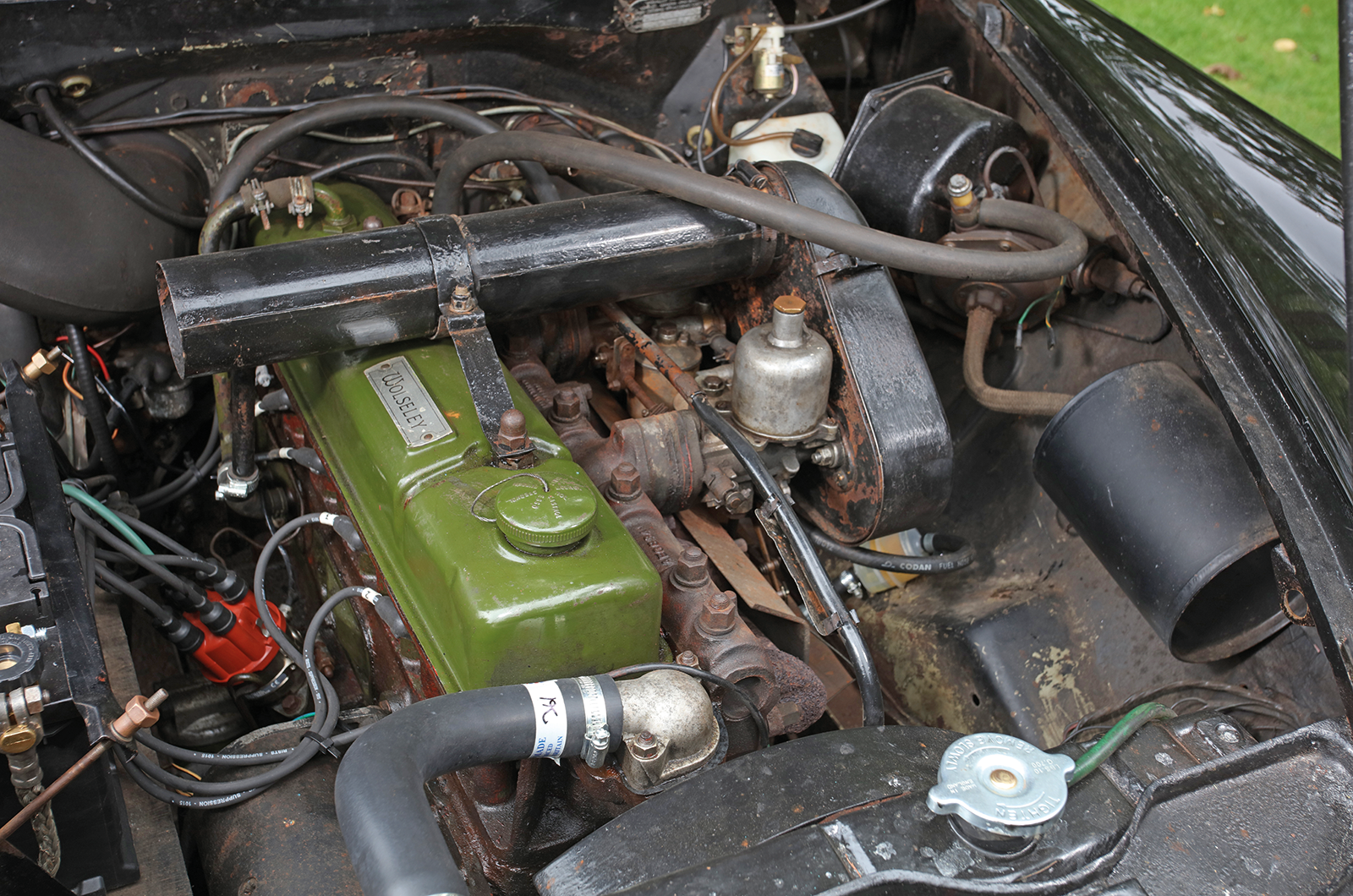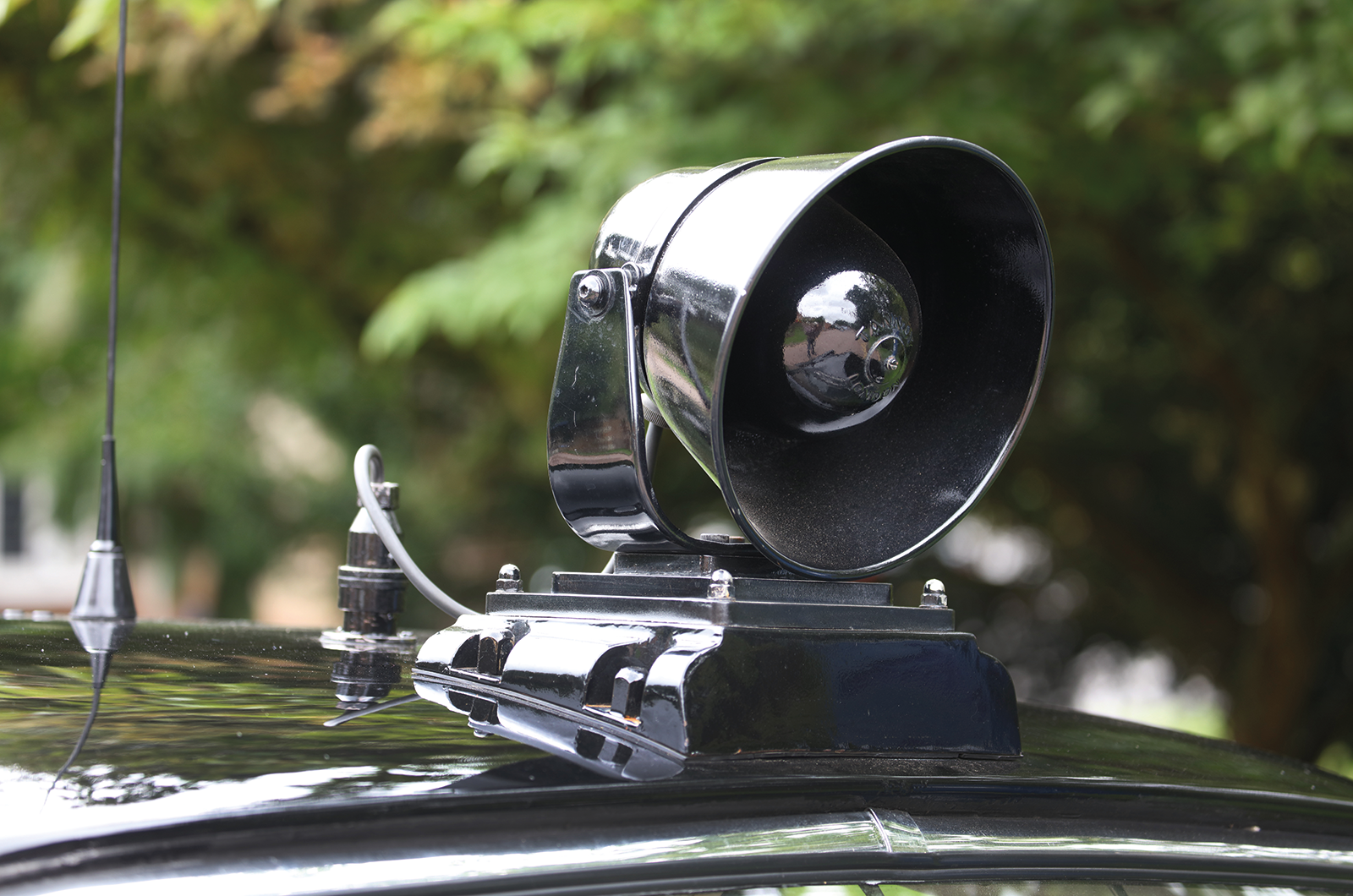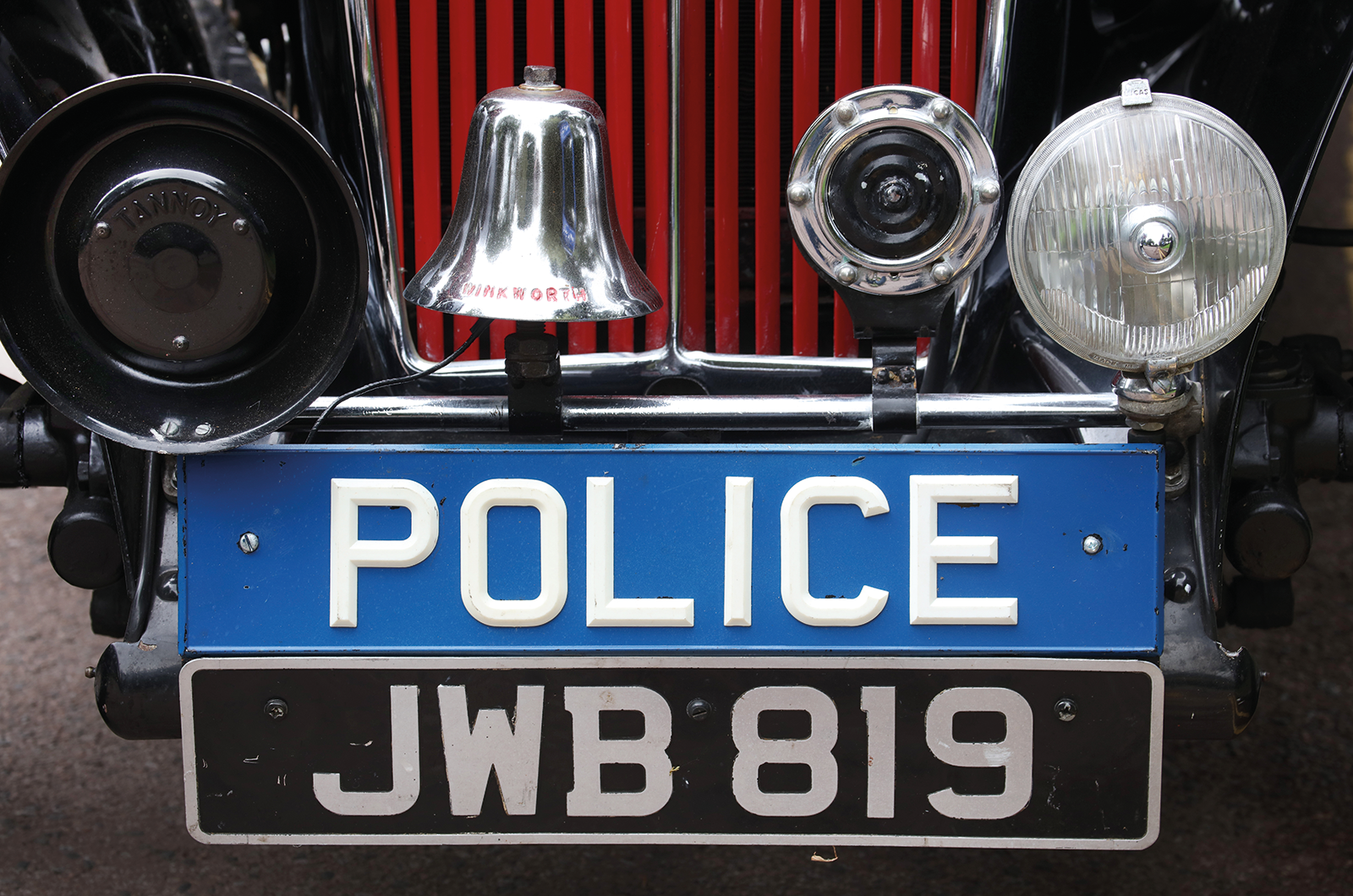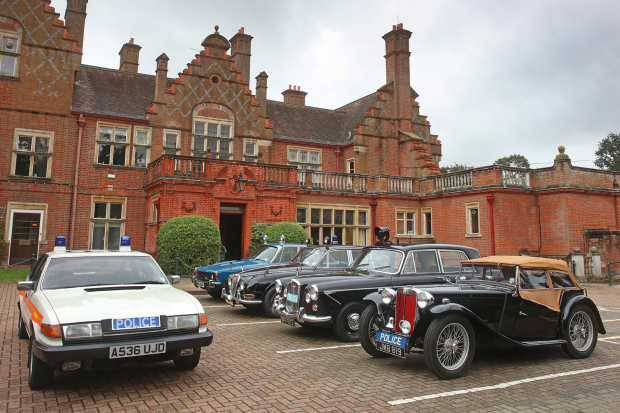
Any classic police car has a particular fascination, not just for the livery, the bespoke fittings or any technical modifications, but also for the way they create an image of law enforcement during a particular era.
Ernie Jupp served as an officer with the Metropolitan Police from 1970 until 1994, and his incredible collection reflects both his time in service and the development of the patrol car in the UK.
The oldest member of the Jupp fleet is the 1947 MG TC that he acquired in 2010.
“I discovered that it was a Warwickshire Constabulary car from Andrea Green’s book MGs On Patrol,” says Jupp. A great many chief constables favoured the T-type, including those of East Riding, Wolverhampton, Essex, Cumberland, Sussex and Derbyshire, but, says Jupp: “The forces that were most associated with the Octagon badge were Kent and Lancashire.”
The TC’s bell – or ‘gong’ as they were known in the force – had to be sourced, but the ‘loudhailer’ is a cunningly disguised frying pan!

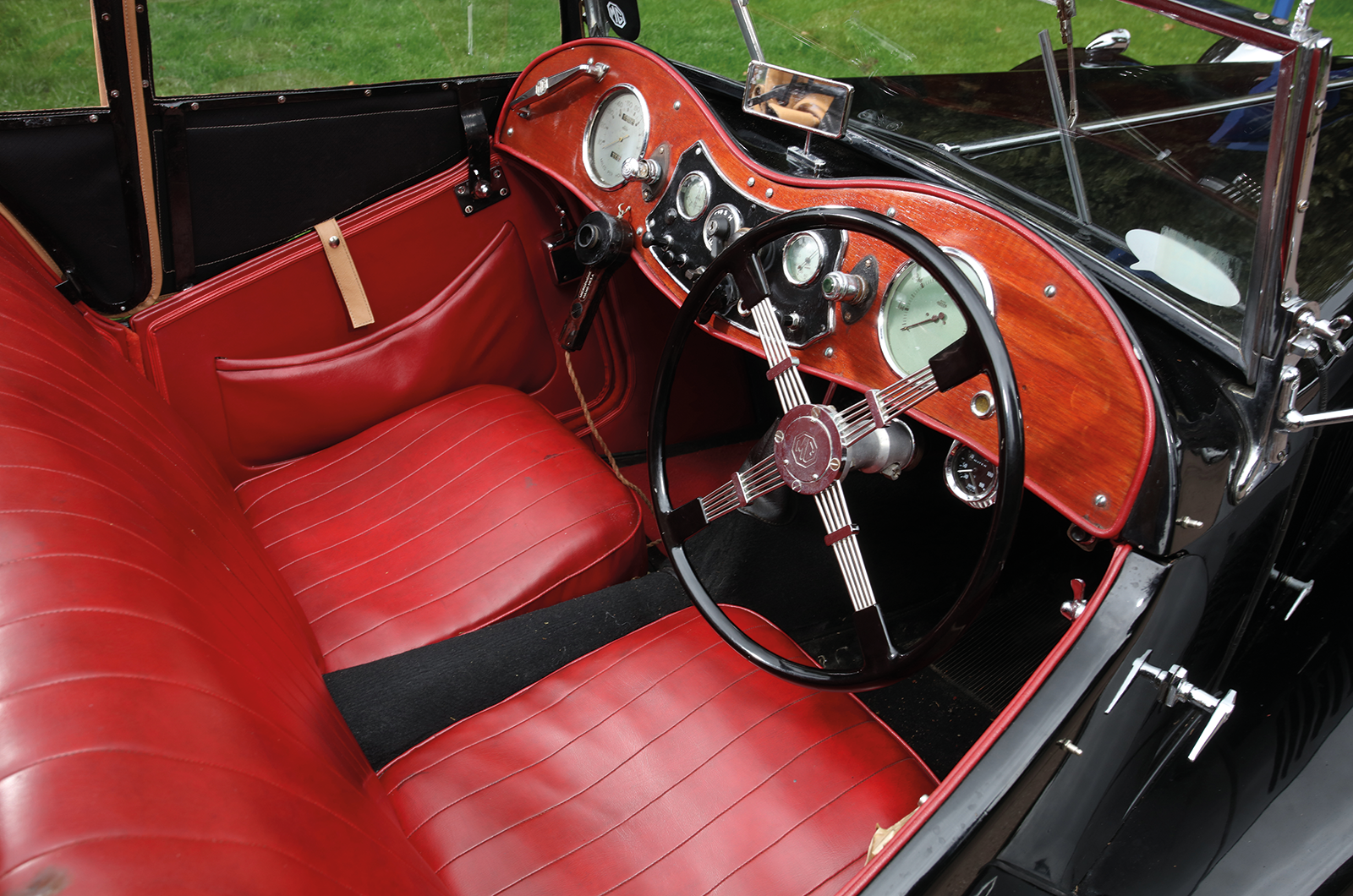

Although wider than the TB, the TC would have been a squeeze for a pair of burly cops

